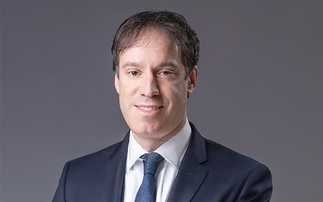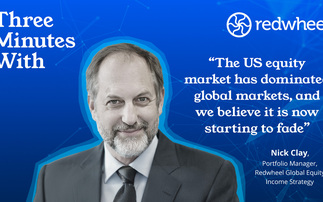Creating a truly sustainable bond fund is no mean feat. Unlike the listed equity universe, where ESG data is more readily available, it is often sorely lacking in the fixed income space. At the same time, the problem for fixed income managers is exacerbated by the complexity of a bond's structure, consisting of multiple parts which must all be individually assessed.
This was the challenge facing Chris Bowie, partner and portfolio manager at TwentyFour Asset Management, when he decided ESG could and should be part of the firm's investment process.
The group uses a two pronged approach: integration of sustainable metrics in existing funds, and the creation of specific sustainable vehicles.
Integration means the group considers ESG factors as part of its relative value decision alongside traditional methods of credit analysis. Every portfolio manager has to integrate ESG factors into their decisions and it helps form assessments of relative value. From there the managers determine the yield they require from the potential investment to accept those additional ESG risks. If the company looks risky in terms of ESG factors, the yield needs to be higher.
According to Bowie, the main difference between the group's core sustainable funds and integration is that ESG integration "doesn't stop [the managers] buying companies that might have relatively poor ESG scores", though when investing in riskier companies from an ESG standpoint "you need to be compensated by being paid a much higher yield for these investments".
This is why he thinks the sustainable portfolios TwentyFour creates are unique in the fixed income fund market. By finding a similar risk-return combination to its other products, the firm can offer its clients the choice between ESG integration, which underpins all of its funds, and the more rigorous screening approach applied to its sustainable range.











